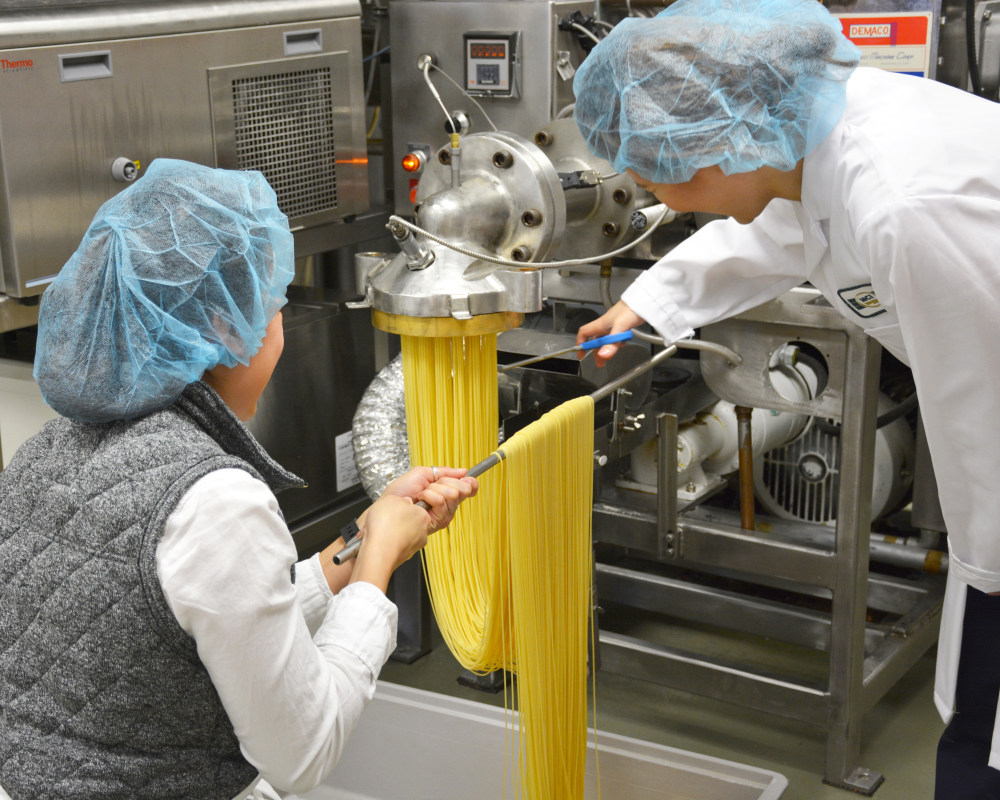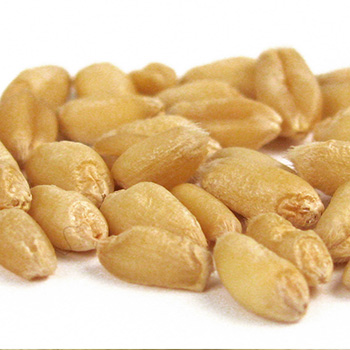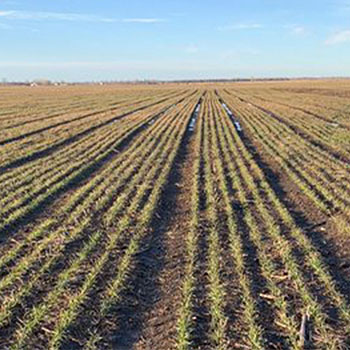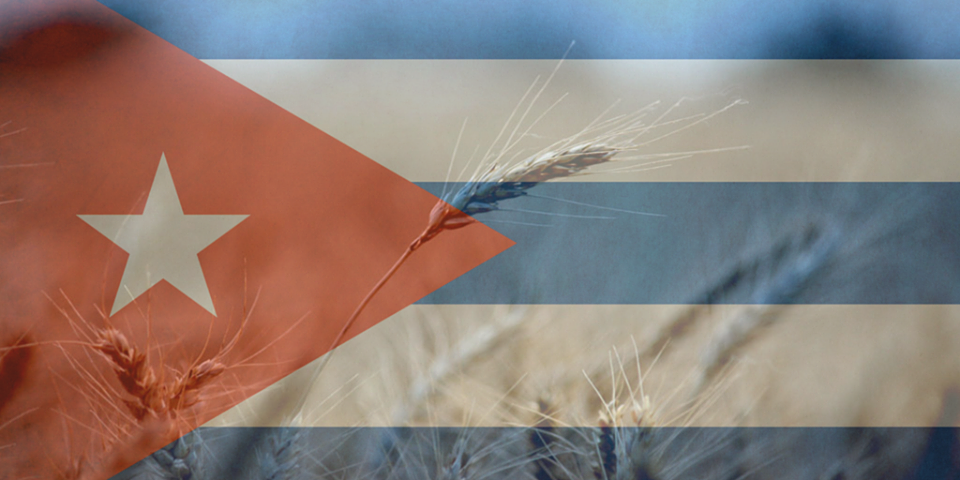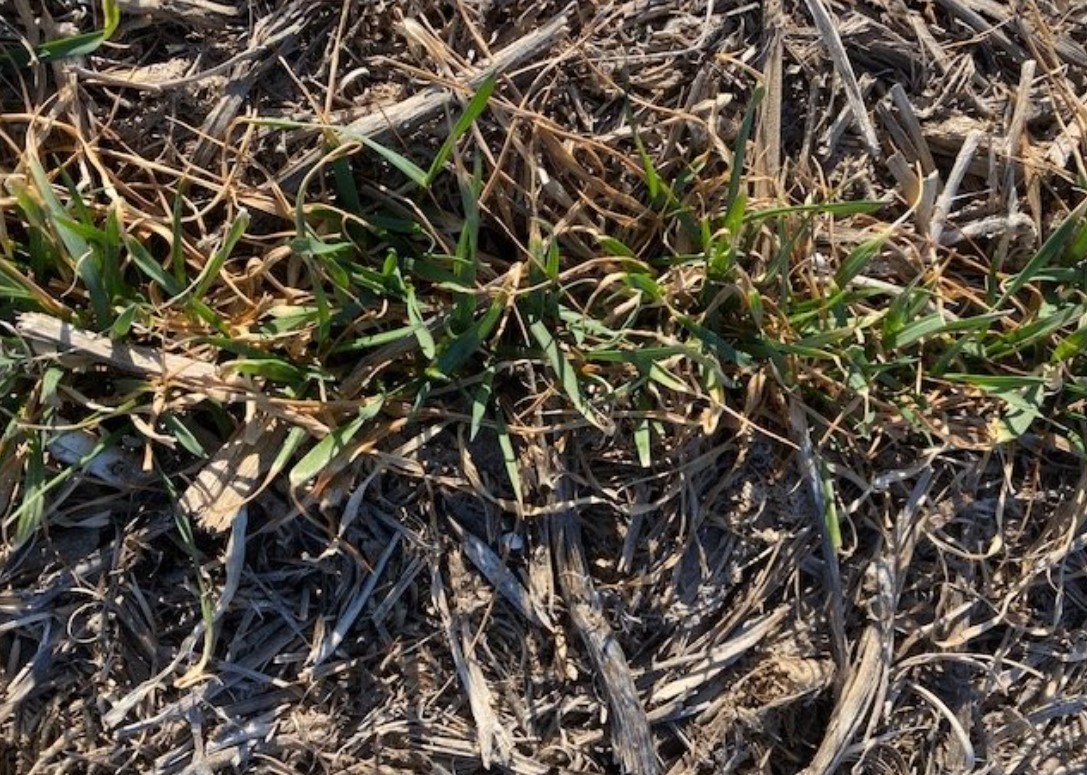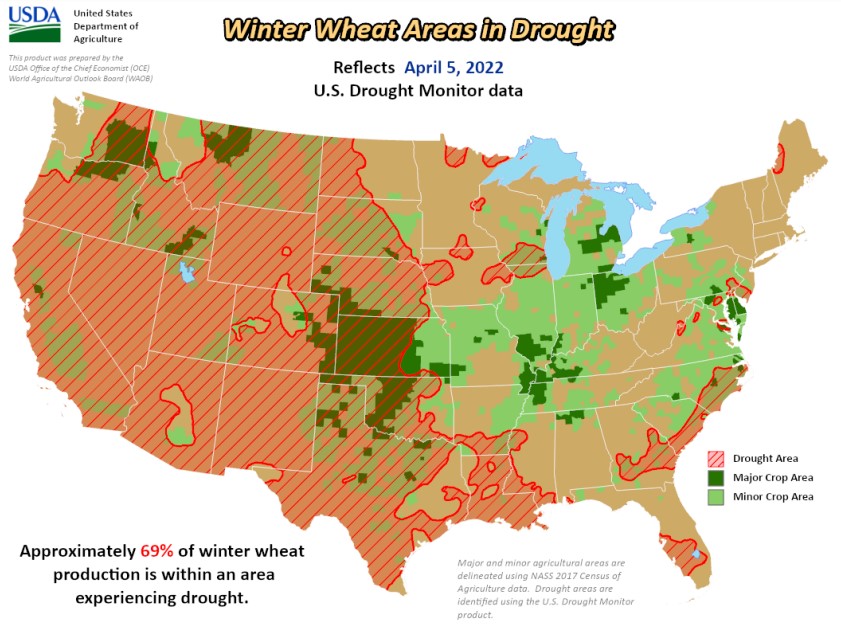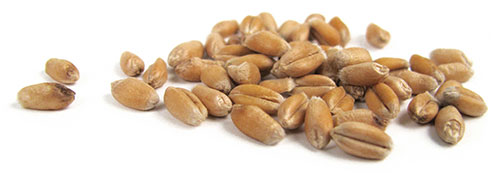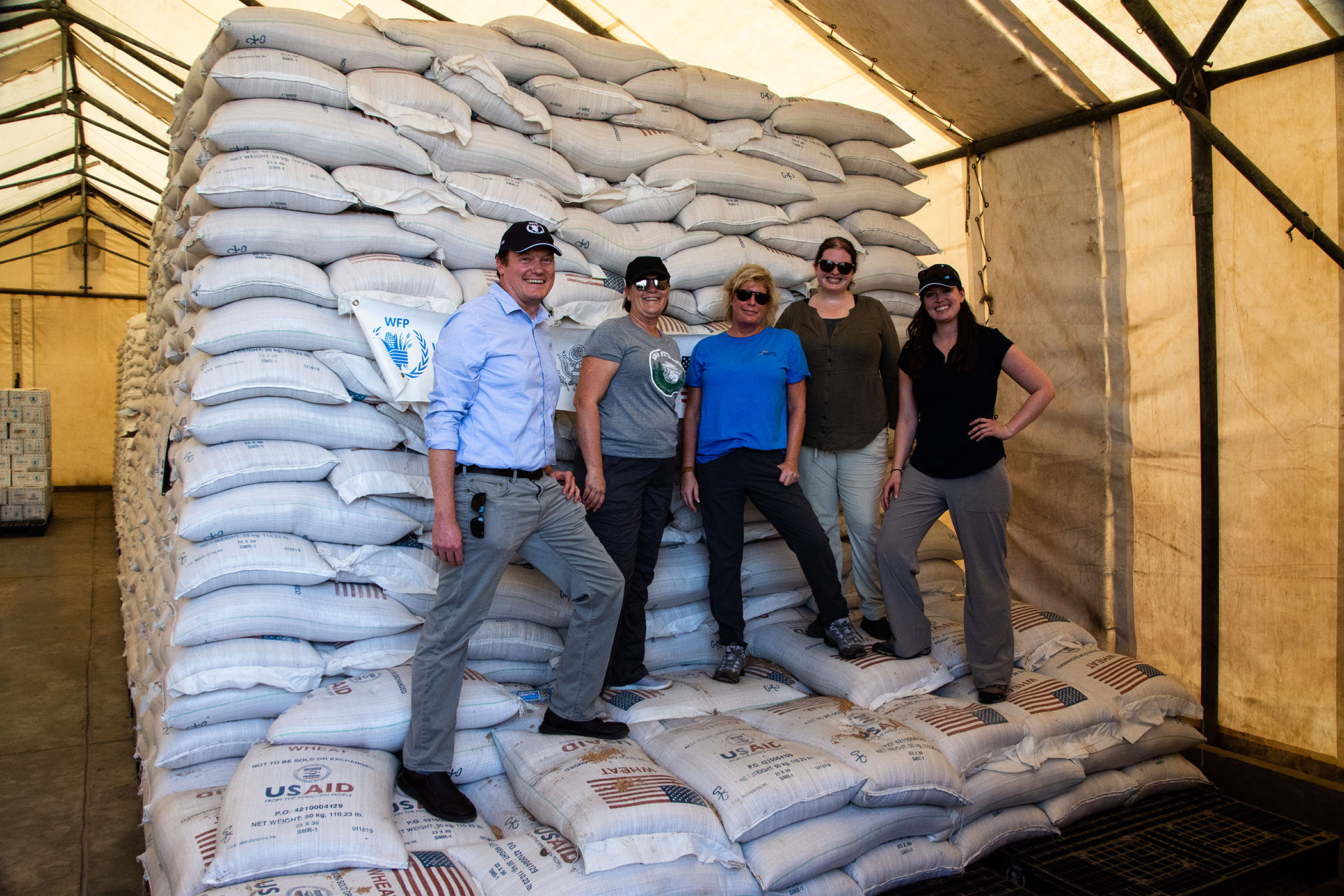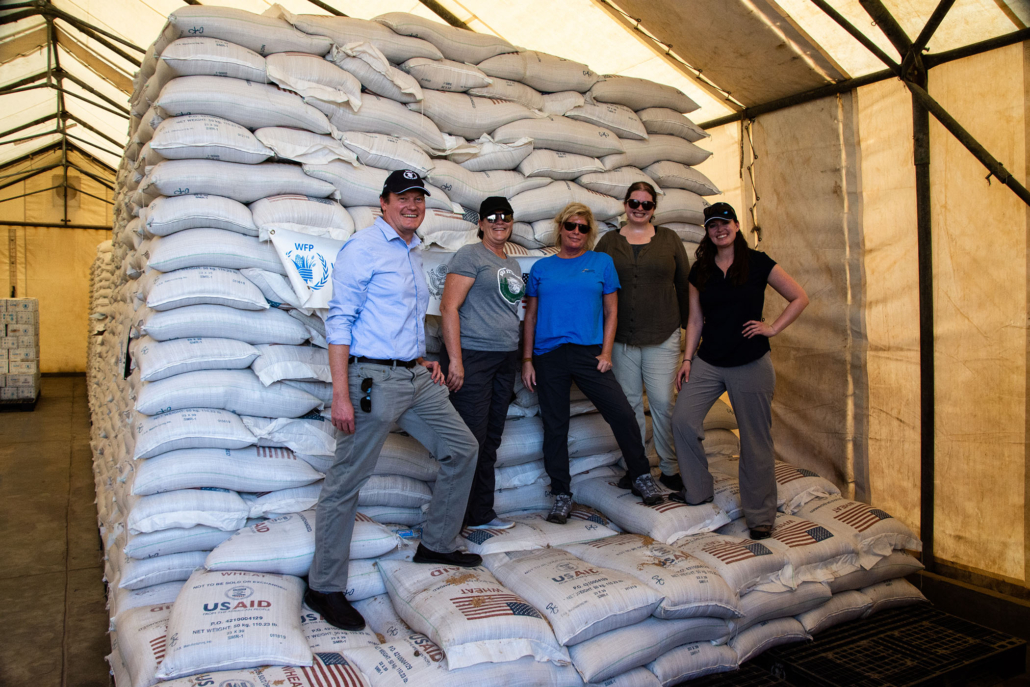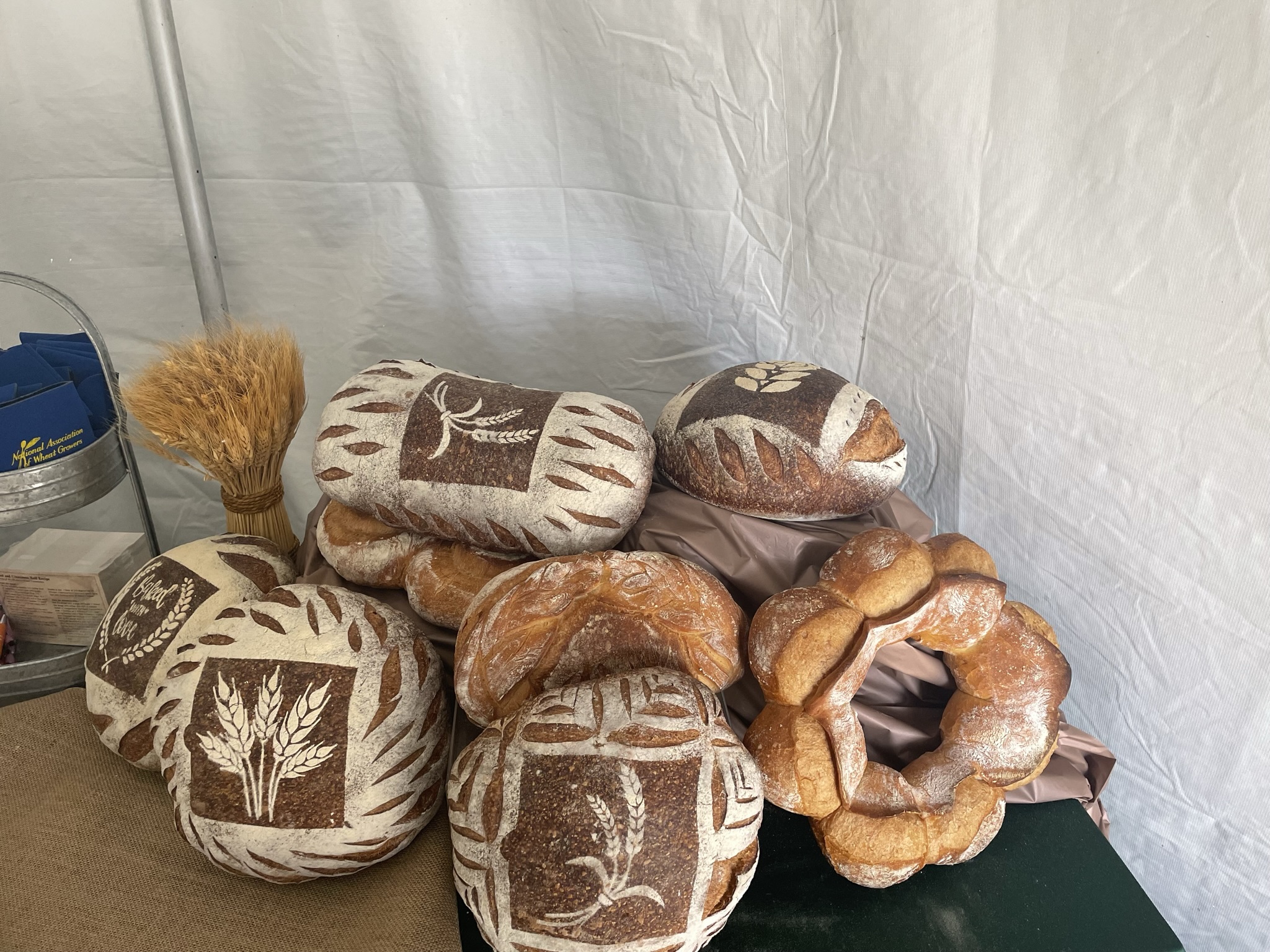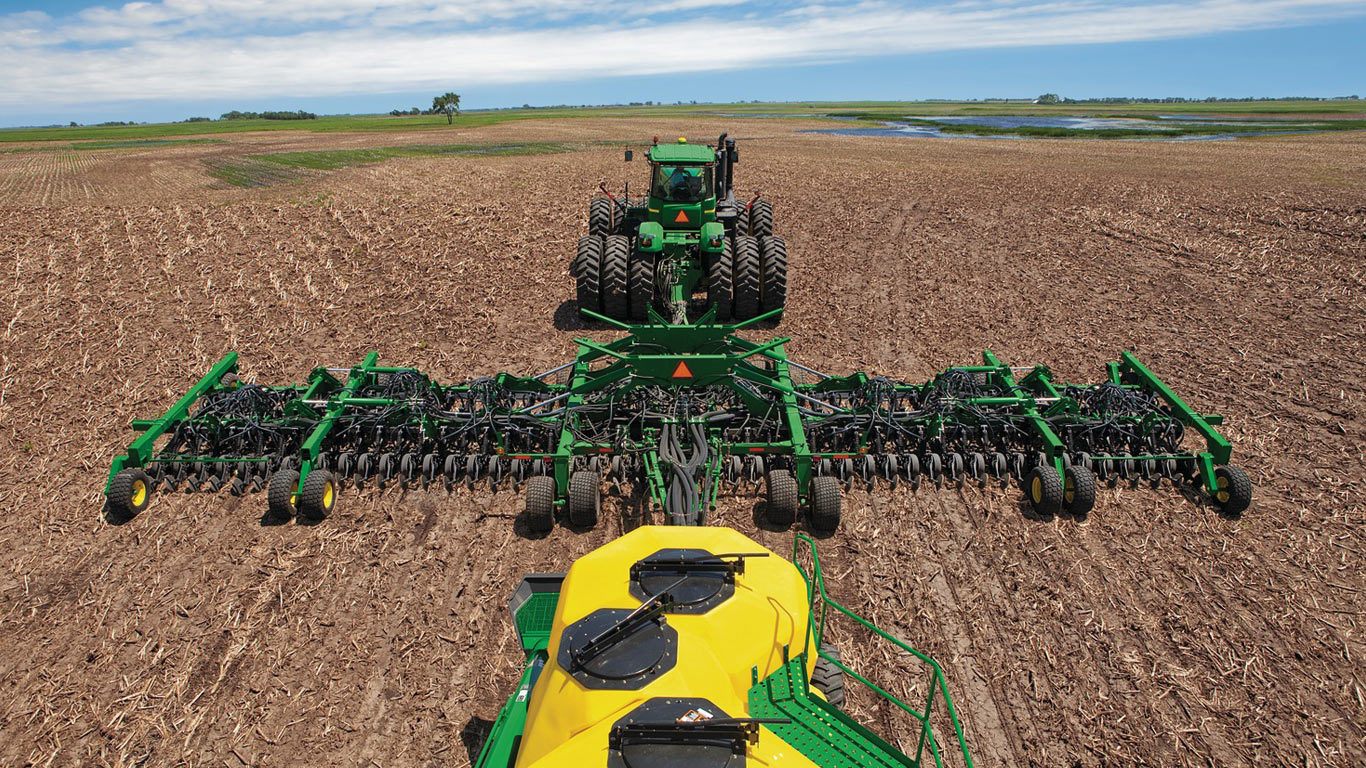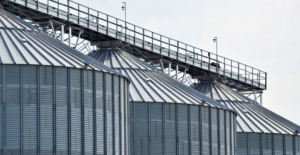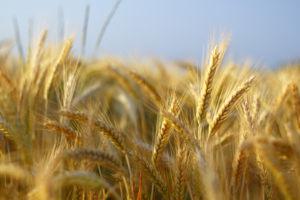Global demand for wheat food grows stronger every year, making exports vitally important to U.S. wheat farmers. As the export market development organization for the U.S. wheat industry, U.S. Wheat Associates (USW) works to help wheat buyers, millers, bakers, wheat food processors and government officials understand the quality, value and reliability of all six U.S. wheat classes. USW relies on its successful working relationships with world-class educational partners that, through courses, workshops and seminars, enhance the technical and trade service assistance to help separate U.S. wheat from its competitors. One of those partners is the Northern Crops Institute (NCI) in Fargo, N.D.
NCI is a collaborative effort by North Dakota, Minnesota, Montana and South Dakota to support the promotion and market development of crops grown in the four-state region. Since 1979, NCI has been an international meeting and learning center that brings together customers, commodity traders, technical experts and processors for discussion, education and technical services. Situated on the North Dakota State University (NDSU) campus, this unique facility is only minutes from the farm fields that yield much of the world’s food. From the beginning, USW was involved in helping establish NCI and its mission and, since then, has sponsored hundreds of U.S. durum and spring wheat customers from around the world to participate in NCI programming.
A Global Reputation
NCI’s director, Mark Jirik, understands the institute’s strong tradition and reputation as a reliable resource for the U.S. wheat industry. From the start, he was impressed to witness the relationship NCI has with USW and the supporting state wheat commissions.
“This region is known as the heart of spring wheat country, a crop with a worldwide reputation for quality, so our focus on wheat has always been a baseline here on the upper Great Plains. People have made it their life’s work to make sure the world understands the quality and value of U.S. spring and durum wheat,” said Jirik. “The U.S. wheat industry is visionary and forward-thinking regarding quality. It is humbling to see the U.S. wheat industry’s vision and that its participants continue to support NCI, even when times may be tough.”
NCI provides hands-on programming that enables participants to learn about northern climate crops and their unique qualities, marketability and processing characteristics. Its laboratories are equipped for baking, pasta processing, twin-screw extrusion, grain grading and commodity and product analyses. The pilot-sized swing mill and the Feed Production Center enhance the NCI staff’s ability to demonstrate the varied uses of northern-grown crops. The NDSU Commodity Trading Room offers a live experience for participants to learn how to extract and analyze information and make decisions concerning risk and risk management.
Training for U.S. Wheat Customers
Every year USW sponsors customers from around the world to attend NCI courses focused on contracting for wheat value and grain procurement management for importers. In 2020 and 2021, those courses continued virtually. Joe Sowers, USW Regional Vice President for South Asia, regularly brings customers to NCI and has participated in a course himself.
“The Northern Crops Institute grain procurement course offers innovative training in state-of-the-art facilities, such as the NDSU commodity trading laboratory,” said Sowers. “Participants observe the mechanics of the U.S. wheat marketing system from production to storage, and transport to export, providing them with crucial information fundamental in grain purchasing. Spending nearly two weeks with buyers worldwide, participants gain useful contacts they will maintain throughout their careers.”
When participants complete a course at NCI, Jirik wants them to have a solid understanding of the value and quality — and the heart — that goes into the products they buy. “I want them to think, ‘Wow, what a fantastic experience. I understand now why I should be using U.S. wheat in my products.”

Technical Training. USW technical staff visited the Northern Crops Institute in March 2022 for a core competency training session. Our team heard presentations from their peers and industry professionals and participated in demonstrations and tours of NCI’s labs. The main focus of their training was to learn more about solvent retention capacity (SRC) and explore different methods used to obtain results. Read more about their visit to NCI.
Adapting to Digital
In Summer 2020, NCI expanded its offerings to include regular online webinars in order to better reach customers and stakeholders as the COVID-19 pandemic continued to create barriers to connecting in person.
Currently, there are three series. The “NCI Market Update” is featured twice a month. On the first Wednesday of the month, the focus is on hot topics in the commodity markets. The third Wednesday of the month features hour-long commodity market updates where guest speakers share the latest news and analysis impacting the global commodity markets. The “Cereal Innovators” series focuses on new and unique ways to use cereal grains. Topics include new processes, useful information on milling and baking, equipment information, and uses for cereal grains grown in Minnesota, Montana, North Dakota, and South Dakota. The “Future of Feeding” series focuses on using innovation in the processing of animal food, the equipment being used (existing and newly developed), as well as using grains from the region for co-products. View past webinars and register for upcoming webinars here.
“The pandemic forced us to think about how we deliver content and build relationships in ways we’ve never had to do before. The webinars have been instrumental in keeping our global customers informed of market trends and conditions, but have also helped us raise issues and ideas that are helping us produce better courses and other programming for the future,” said Jirik. “Being online has allowed us to connect with customers that we would never have had the opportunity to work with in the past. NCI is looking forward to having people back in Fargo, but the webinars, online courses and other delivery methods allow us to build even better relationships with a wider range of audiences.”
Learn more about the Northern Crops Institute and its programming and services at www.northern-crops.com.
By Amanda J. Spoo, USW Director of Communications
Read about other USW educational partners in this series:
IGP Institute Capitalizes on Resources and Location to Provide Hands-on Training
Wheat Marketing Center Creates Educational Bridge Between U.S. Wheat Farmers And Customers
Wheat Foods Council Is A Leading Source Of Science-Based Wheat Foods Information

